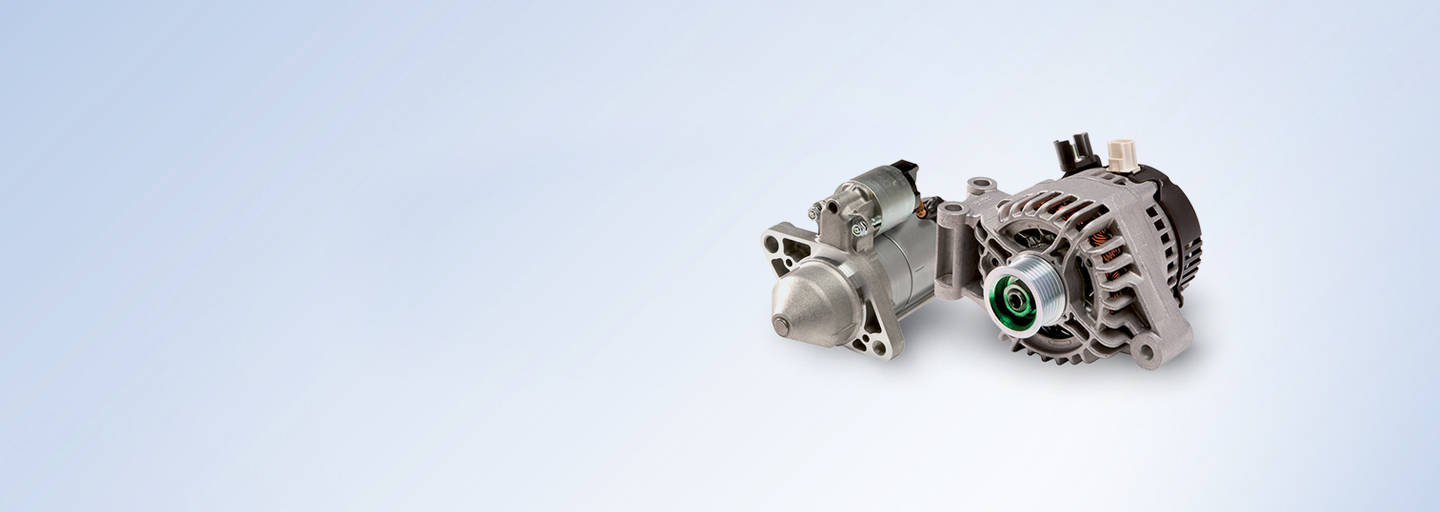Our unwavering focus on delivering outstanding quality, advanced design, and innovative vehicle parts and technologies to the global car market has led our rotating electric products to set the OE standard across Europe. By working closely with automotive manufacturers such as Toyota, Fiat, and Land Rover, we’ve developed starters and alternators that offer exemplary performance and are the product of choice for a huge range of OE manufacturers.
Subject to rigorous manufacturing and testing processes, our starters and alternators guarantee high levels of performance and fit a large range of car models. As well as meeting DENSO’s strict quality standards, our rotating electric products use completely new parts. This means our starter motors and alternators can be relied on to replace worn-out car parts and facilitate high, reliable performance journey after journey.























































